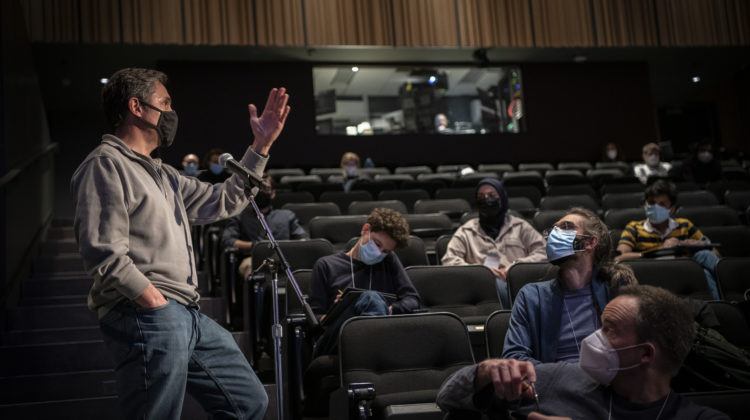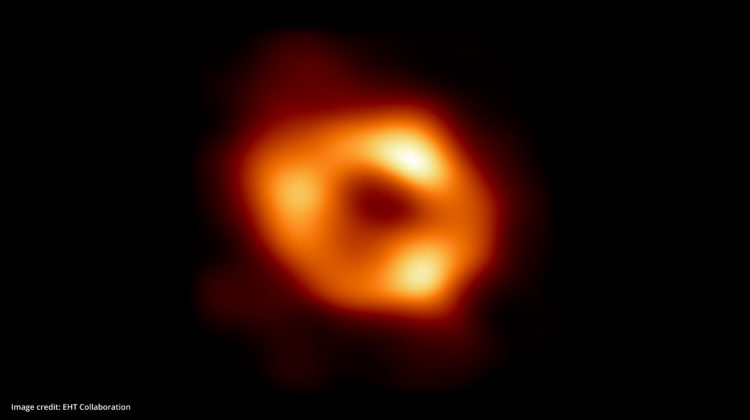Gravity beyond 100: Lifting the veil of the universe
Luis Lehner on gravitational wave astronomy
General relativity may be turning 100 this year, but the era of gravity is just beginning.
We are pushing gravity to explain some of the most mysterious and powerful events in the universe – things like black holes, quasars, and galactic jets.
In a sense, we are like Newton and the apple. Newton famously developed a theory of how an apple falls, but that by itself would not have been interesting. It was not until he pushed his theory of how an apple falls to explain how the planets orbit that gravitational theory was born.
Likewise, we must push general relativity, which was born as a theory of ordinary gravitational objects, like the apple, or the Earth, or the sun. It has been very successful at predicting how light bends or how planets orbit. Even fairly extreme events like two pulsars orbiting each other at large distances are within its comfort zone. But now we must test general relativity as a theory of strong gravity. We need to take those two pulsars and crash them into each other.
We have made theoretical progress in understanding strong gravitational events like colliding pulsars and black holes. Using general relativity, we predict that such events would produce large ripples in spacetime itself, which we can catch as gravitational waves.
We are standing on the edge of being able to see these waves for the first time. New detectors – LIGO and VIRGO – are beginning to turn on. We are at the dawn of gravitational astronomy. We are like Galileo when he first lifted a telescope to the sky.
What will be the first thing we see? Two black holes colliding? A neutron star falling into a black hole? We are going to be able to probe gravity directly in the places where general relativity has predicted the most radical concepts. This may tell us how the theory fails, and where. That may guide a new gravity revolution.
But even if we see exactly what we expect, we will be seeing the sky with a whole new set of tools. We will make progress explaining the astrophysics of enigmatic events, like gamma ray bursts or galactic jets. We may get clues about dark matter or dark energy, which dominate our universe but about which we know almost nothing. We may someday even be able to ask questions about the extra dimensions and extra forces.
Truly, we do not know what we might see. But we know that the veil of the gravitational universe is about to be lifted.
– Luis Lehner is a Faculty member at Perimeter Institute who specializes in strong gravity






















































































